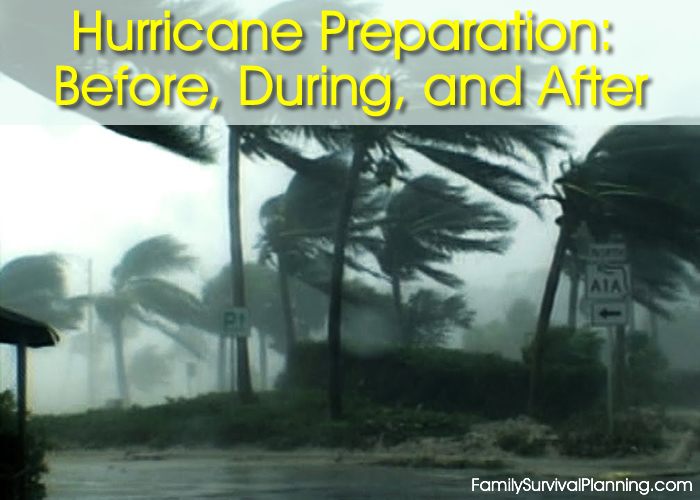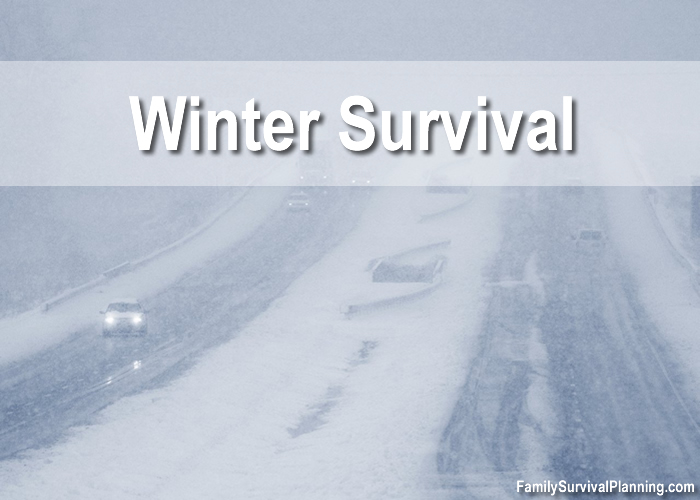- HOME
- Natural Disaster Survival
- Wild Fires Forest Fires
How to Prepare Your Family
For Wildfires and Forest Fires
Wildfires and forest fires can be devastating. Whether you live in a rural setting, in the forest, or just near a green space area, you are vulnerable.
This fact became a reality for us in 2011, 2012 and again in 2018. (That's way too many times for me.)
We live in the foothills on the south end of the Salt Lake Valley. July/August are the months that are generally hot and dry.
Invest in emergency food storage now and enjoy peace of mind for the next 25 years. Don't miss out on the savings!
As the hot south wind dried out the vegetation on the nearby hills, a spark from gunshot on the Utah National Guard training camp taking place on the other side of the mountain started a small brush fire.
The guardsmen thought they had put out the fire completely, but the wind kindled the flames which quickly got out of hand and rushed up the mountain. As evening came, the fire crested the mountain top and started down the other side (our side) into our neighborhood.
More than 1600 homes were evacuated and stories of families scurrying to save pets (including horses), photos, and other precious possessions filled the TV and internet media. Throughout the night and well into the third day, helicopters were still buzzing overhead; and police, national guard, and firefighters were still monitoring the neighborhoods and putting out the last hot spots of the fire.
Important questions to ask:
- How prepared were these people to evacuate their homes (that includes me)?
- Did they have their important papers and photos in a grab-and-go box, a fire-resistant container, or thumb drive? (Grab the computer? Is it backed up somewhere outside the house?)
- Did they have a plan for where their family should meet in case not everyone was home when the call came to evacuate?
- Were their 72-hour packs fully stocked and ready to go?

I recently read that about 49% of wildfires and forest fires are started by lightning and about 51% by humans.
Did you know that Colorado has more lightning strikes than anywhere in the U.S.? We used to live there. It was exciting watching the lightning show from our upper floor. There were not even 10 seconds between rapidly flashing strikes most of the time. It was a spectacular sight — and at the same time, scary.
If those lightning strikes started several fires, the entire Colorado Springs could go up in smoke because there are many "green spaces" set aside (purposely) by the city, as well as many trees - and it nearly did in 2012!
Tips for Quick Evacuation
- Have your bug-out bags ready at all times. Always have a bug-out bag ready. There may be no warnings because fire conditions could change rapidly depending mostly on the weather - such as the wind. If you are near the origin of the fire, just plan to leave.
- Keep swimming goggles and N95 masks in your vehicle for all family members. Swimming goggles are an excellent idea as they will keep the dense smoke out of your eyes so you can see. Masks will filter the air somewhat so that you aren’t overcome by inhaling smoke.
- Keep your vehicle full of fuel. Any crisis scenario is not a good time to run out of gas. Depending on the extensiveness of the fire, the gas stations may not be open for business.
Adequate Wildfire Protection For Your Home
Once a fire starts outdoors in a rural or forest area, it is often hard to control.
Consider these facts:
- How far is your home from a fire station? The farther away, the longer response times.
- How much water is available to suppress the fire or wet down your house to try and save it?
- Is your home surrounded by woods, dense brush, or combustible vegetation that will fuel the fire?
Tips From Red Cross Disaster Preparedness
- Ask fire authorities for information about wildfires or forest fires in your area. Request that they inspect your residence and property for hazards.
- Have a fire safety, faire escape, and evacuation plans and practice them with your family.
- Post your address at the entrance to your property with clearly visible signs that can be seen from the road, in daylight and dark.
- Know what local emergency services are available and have those numbers posted near your telephone.
- Make sure your driveway is wide enough for emergency vehicles with an adequate turnaround area.
Tips For Making Your Property Fire Resistant
With some planning, these tips could help you have adequate wild fire protection.
- Keep lawns trimmed, leaves raked, and the roof and rain gutters free from debris such as dead limbs and leaves.
- Stack firewood at least thirty feet away from your home.
- Store flammable materials, liquids and solvents in metal containers outside the home at least thirty feet away from structures and wooden fences.
- Clear trees and brush back at least 30 feet from around your home. Beyond thirty feet, remove dead wood, debris, and low tree branches.
- Landscape your property with fire-resistant plants and vegetation to prevent fire from spreading quickly. (hardwood trees are more fire-resistant than pine, evergreen, eucalyptus, or fir trees)
- Make sure water sources, such as hydrants, ponds, swimming pools, and wells, are accessible to the fire department.
Tips To Protect Your Home
- Good wildfire protection would be to use fire-resistant roofing and materials like stone, brick and metal on the outside of your home. Avoid using wood materials.
- Cover all exterior vents, attics, and eaves with metal mesh screens no larger than six millimeters or one-quarter inch to prevent debris from collecting and to help keep sparks out.
- Install multi-paned windows, tempered safety glass or fireproof shutters to protect large windows from radiant heat.
- Use fire-resistant draperies for added window protection.
- Have chimneys, wood stoves, and all home heating systems inspected and cleaned annually by a certified specialist.
- Insulate chimneys and place spark arresters on top. Chimney should be at least three feet above the roof.
- Remove branches hanging above and around the chimney.
What To Do If Wildfire Threatens Your Home
Inside (if time permits):
- Shut off gas at the meter. Turn off pilot lights.
- Open fireplace damper. Close fireplace screens.
- Close windows, vents, doors, blinds or noncombustible window coverings, and heavy drapes. Remove flammable drapes and curtains.
- Move flammable furniture into the center of the home, away from windows and sliding glass doors.
- Close all interior doors and windows to prevent drafts.
- Place valuables that will not be damaged by water in a pool or pond.
- Gather pets into one room. Make plans to care for your pets if you must evacuate.
- Back your car into the garage or park it in an open space facing the direction of escape. Shut doors and roll up windows. Leave the key in the ignition and the car doors unlocked. Close garage windows and doors but leave them unlocked. Disconnect automatic garage door opener.
Outside (if time permits):
- Seal attic and ground vents with precut plywood or commercial seals.
- Turn off propane tanks.
- Place combustible patio furniture inside.
- Connect garden hose to outside taps. Place lawn sprinklers on the roof and near above-ground fuel tanks. Wet the roof.
- Wet or remove shrubs within fifteen feet of the home.
- Gather fire tools such as a rake, ax, handsaw or chainsaw, bucket, and shovel.
If advised to evacuate, do so immediately. Choose a route away from the fire hazard. Watch for changes in the speed and direction of fire and smoke.
Wildfires and forest fires can claim many lives, but many thanks go to our hundreds of firefighters who risk their lives to save ours and our homes.















